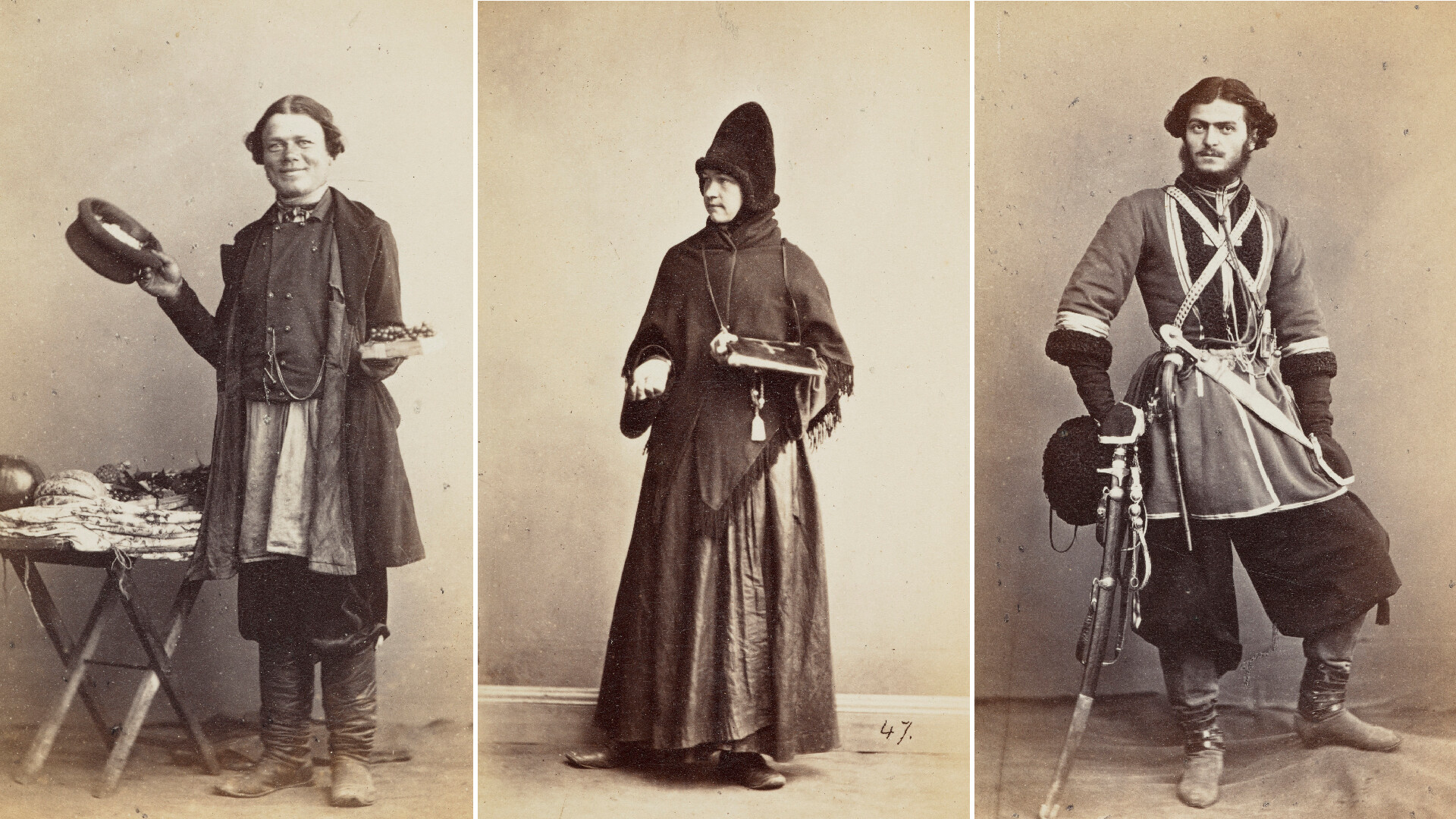
Both William Carrick’s father and grandfather were closely connected to Russia, having traded timber with Russians and spending lots of time in St. Petersburg. William himself was born in Edinburgh, but the family almost immediately moved to Russia, where he lived for the rest of his days, with rare trips to Rome and back to his native Edinburgh to study.
Carrick graduated from the Petersburg’s Academy of Arts, where he studied architecture and painting. Later, he met a photographic technician in Scotland and the idea of photography ignited him. In 1859, Carrick opened one of the first photo studios ever in St. Petersburg. He took pictures of St. Petersburg street life, but, most of all, he became famous for his ethnographic expeditions, during which he collected portraits of different jobs and nationalities living in the Russian Empire.
Have a look at some of Carrick’s incredible photos from his ‘Russian Types’ series that literally bring history to life!


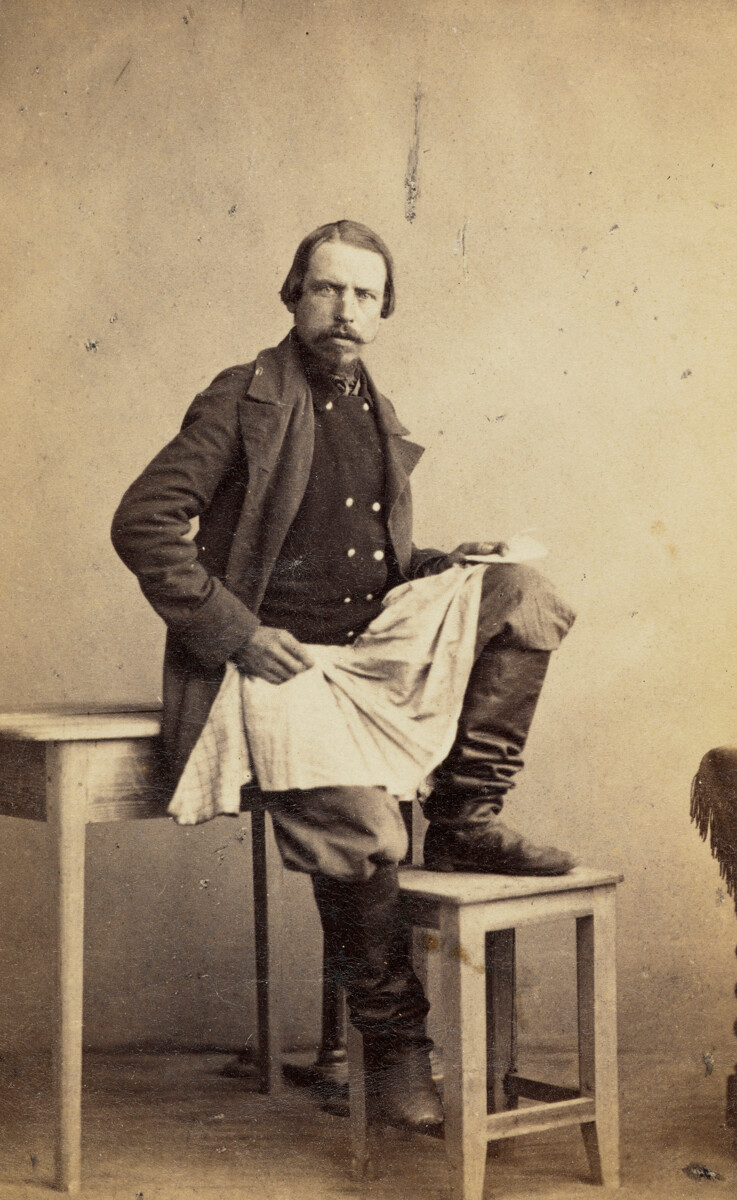


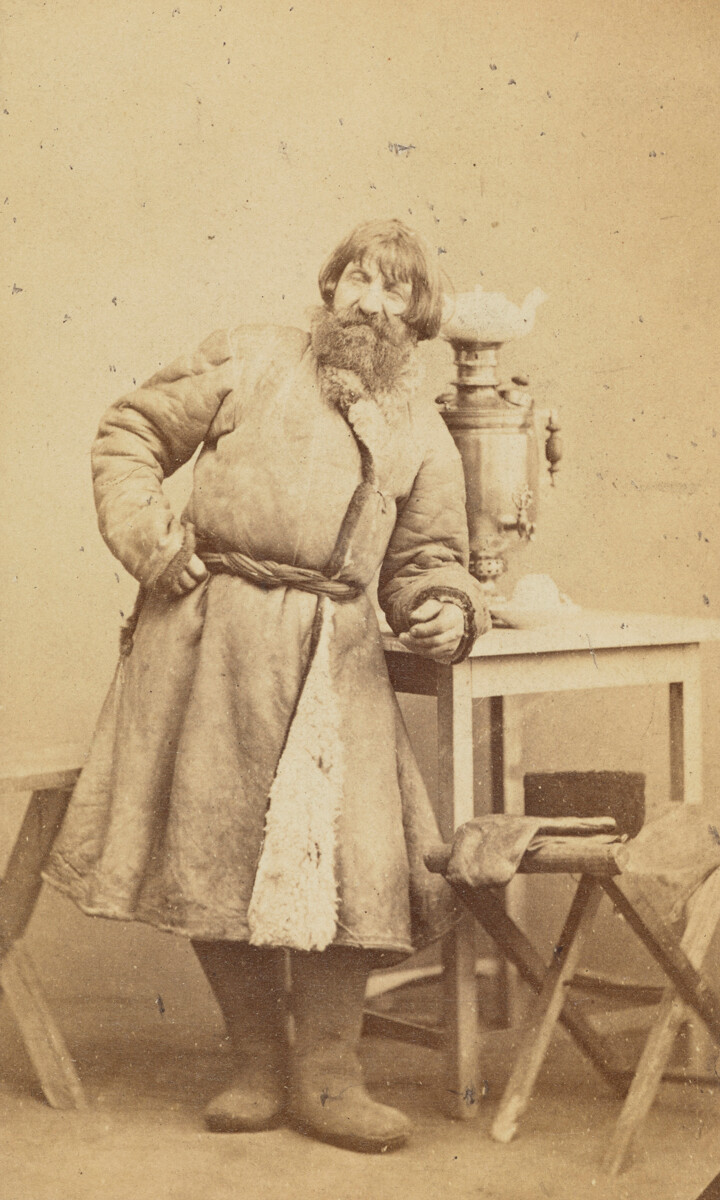


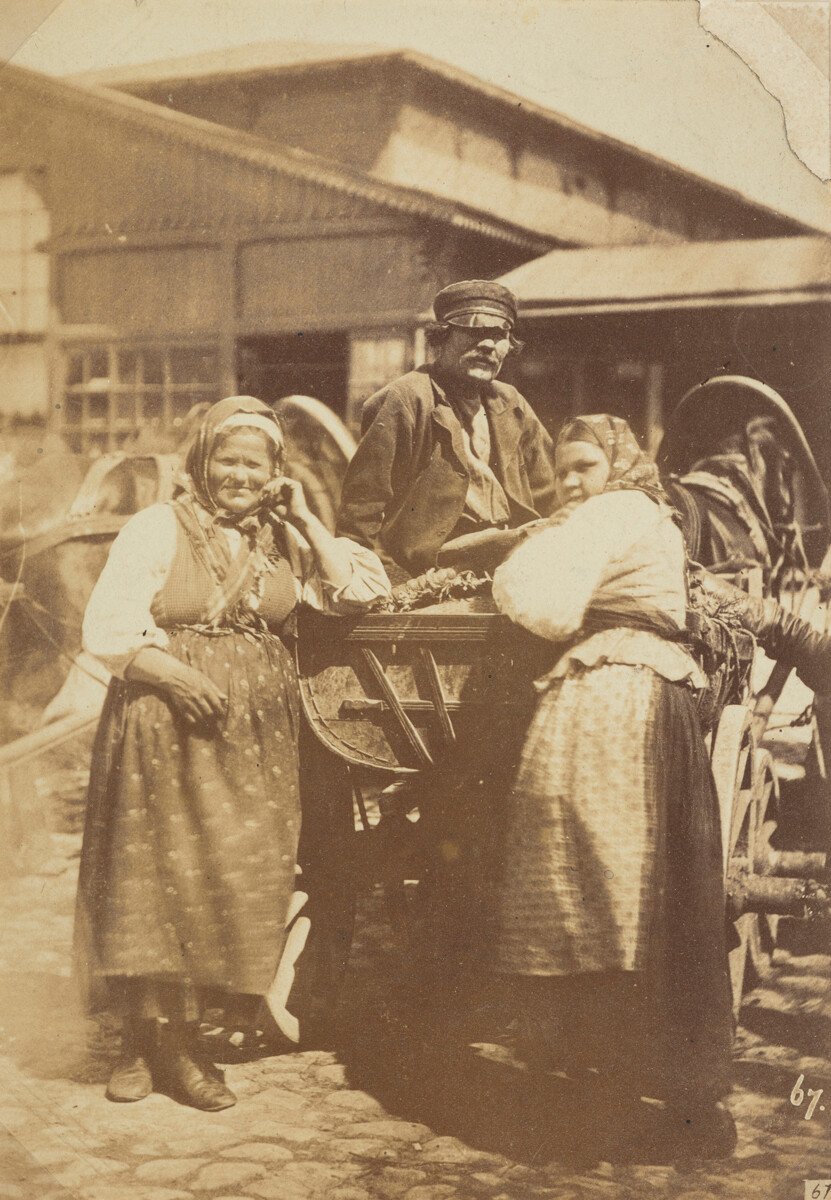
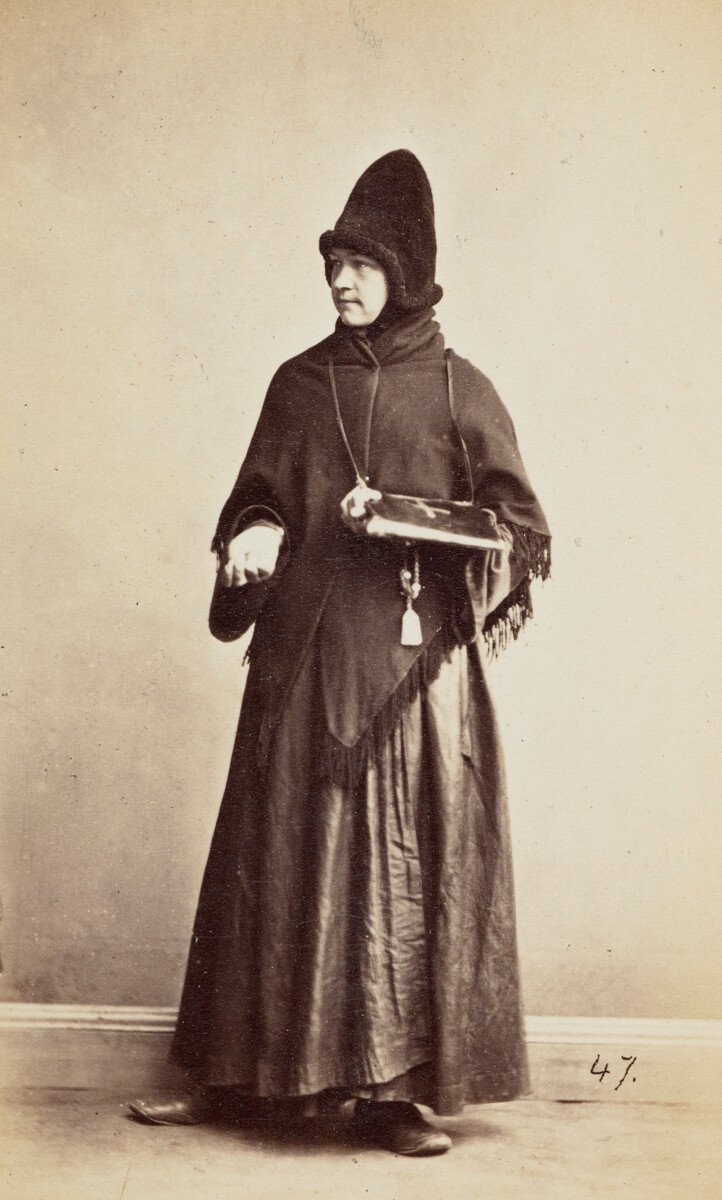
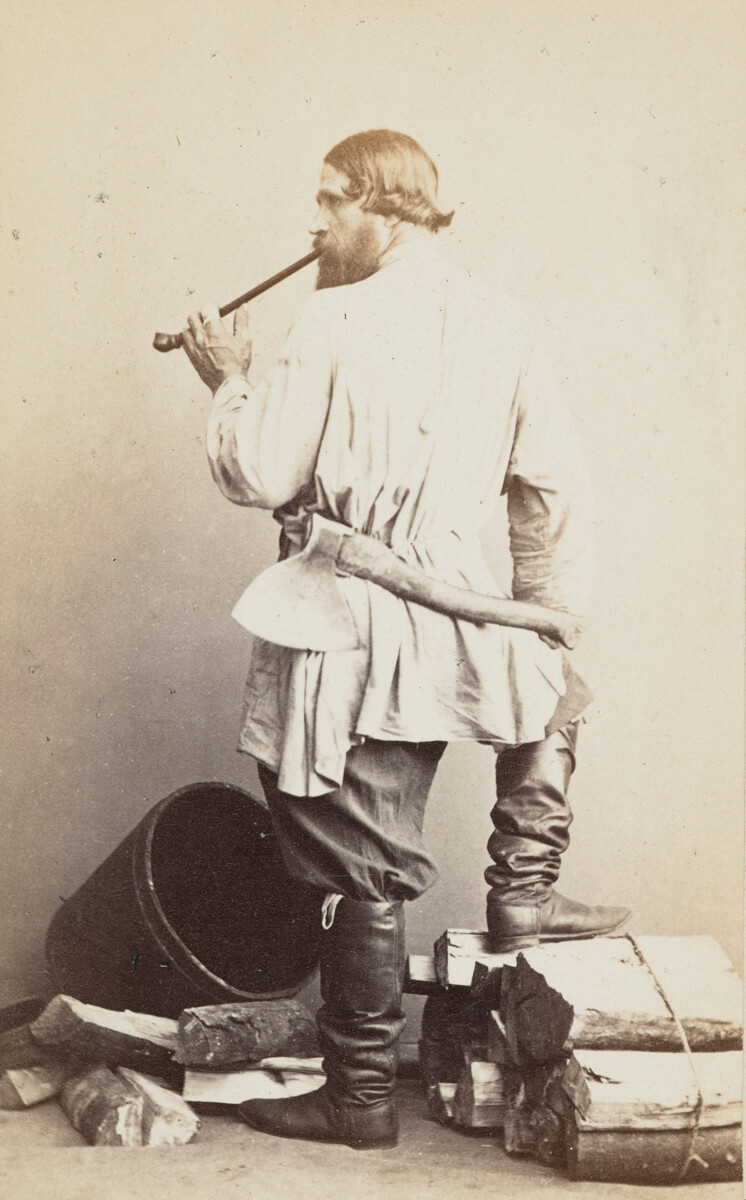
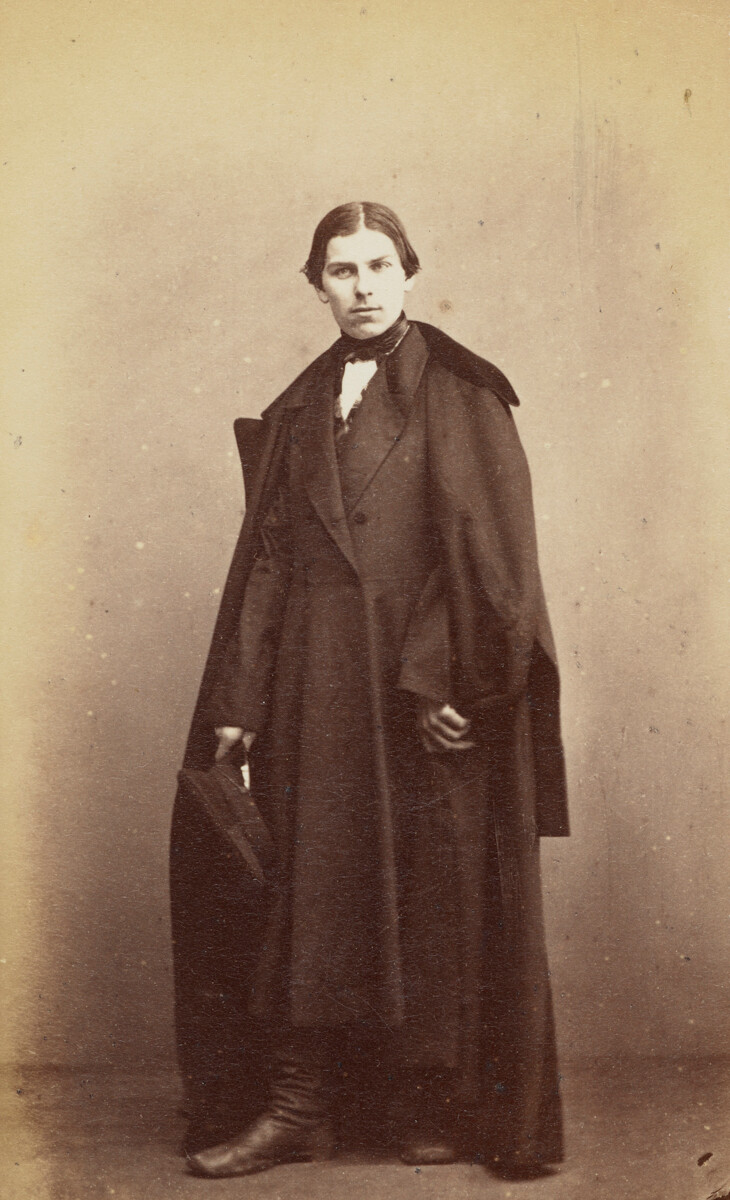

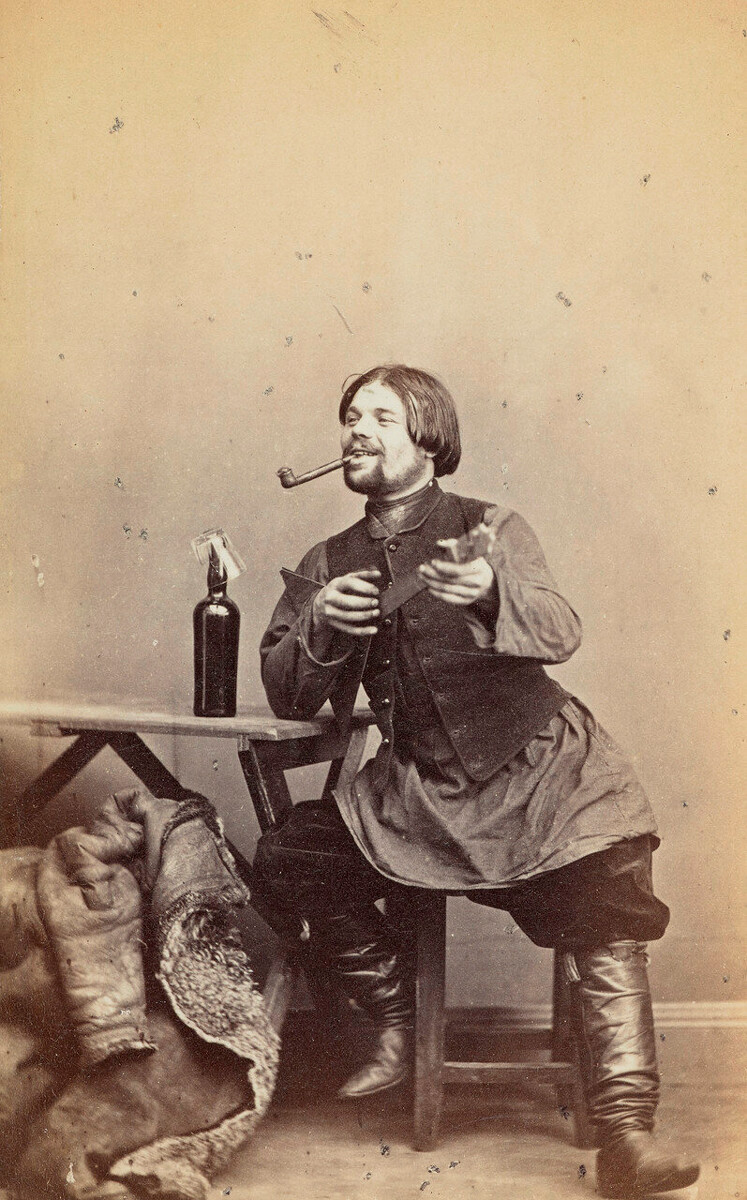

Dear readers,
Our website and social media accounts are under threat of being restricted or banned, due to the current circumstances. So, to keep up with our latest content, simply do the following:
If using any of Russia Beyond's content, partly or in full, always provide an active hyperlink to the original material.
Subscribe
to our newsletter!
Get the week's best stories straight to your inbox